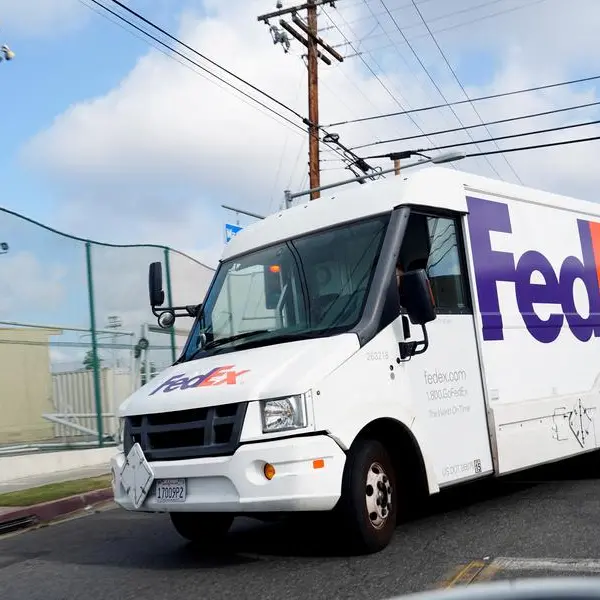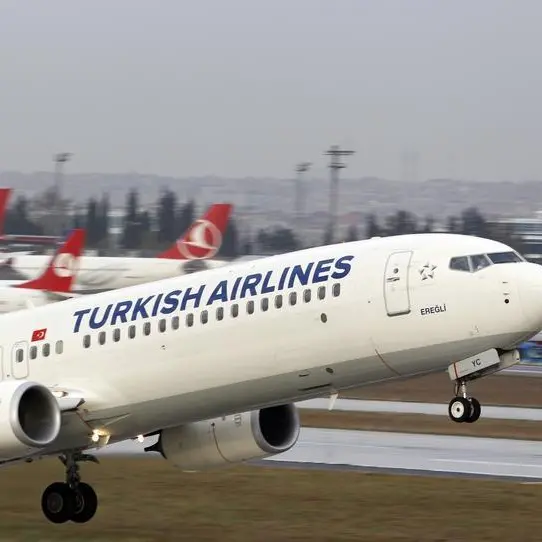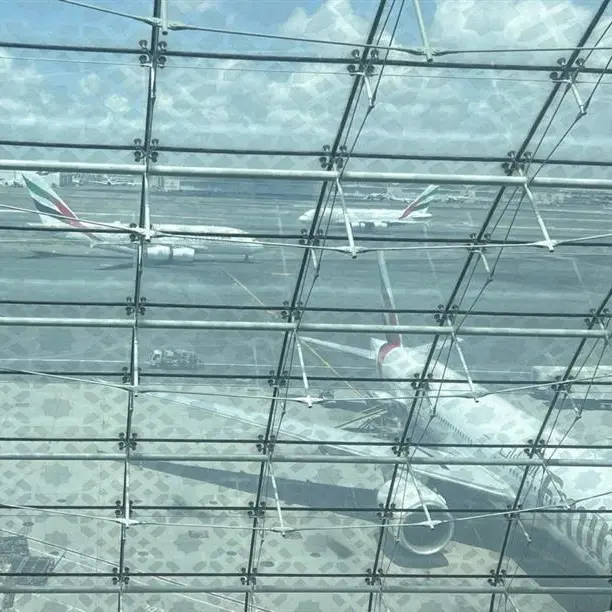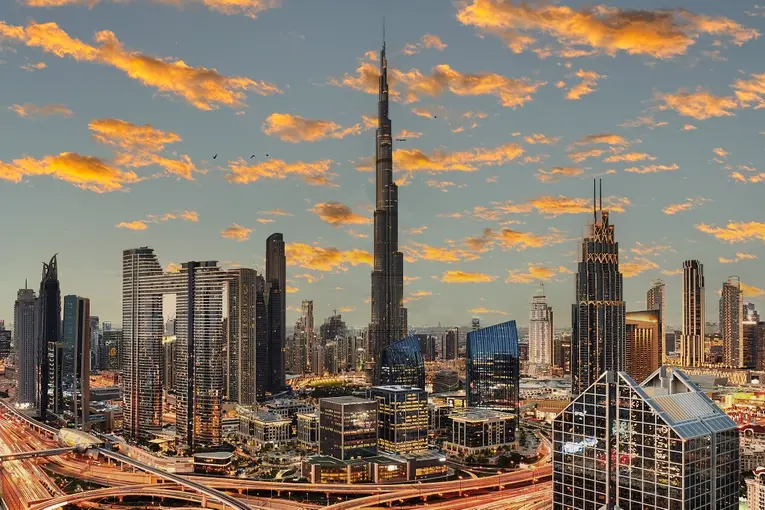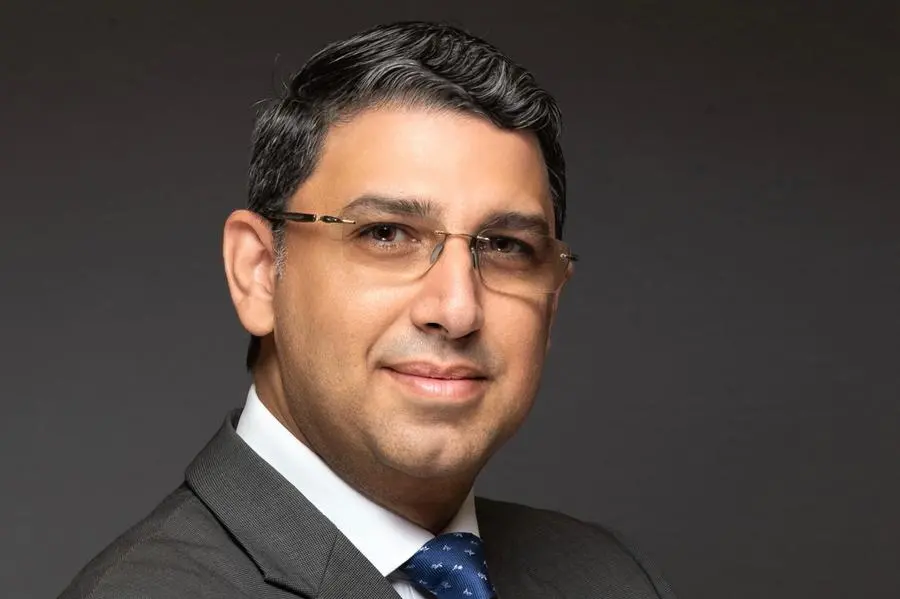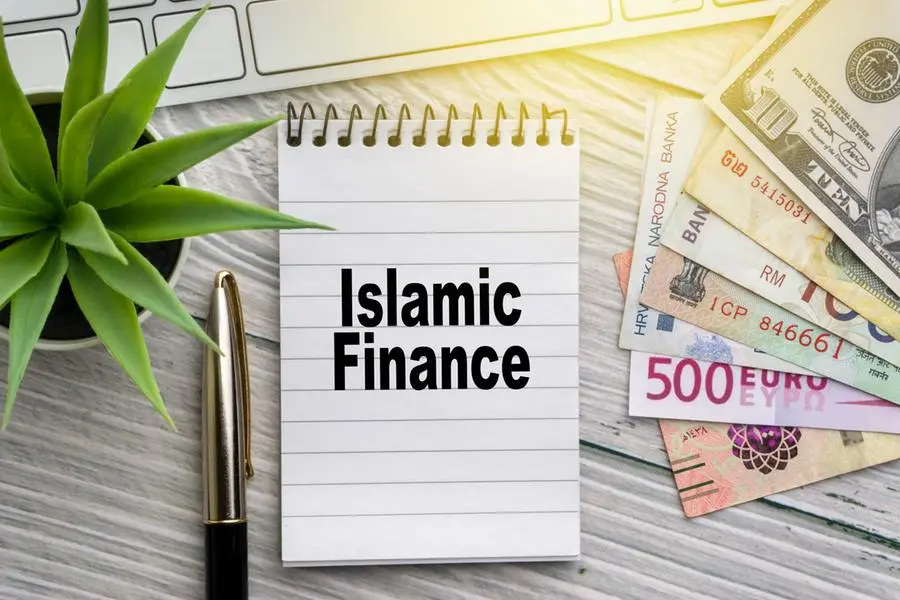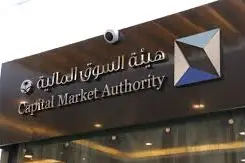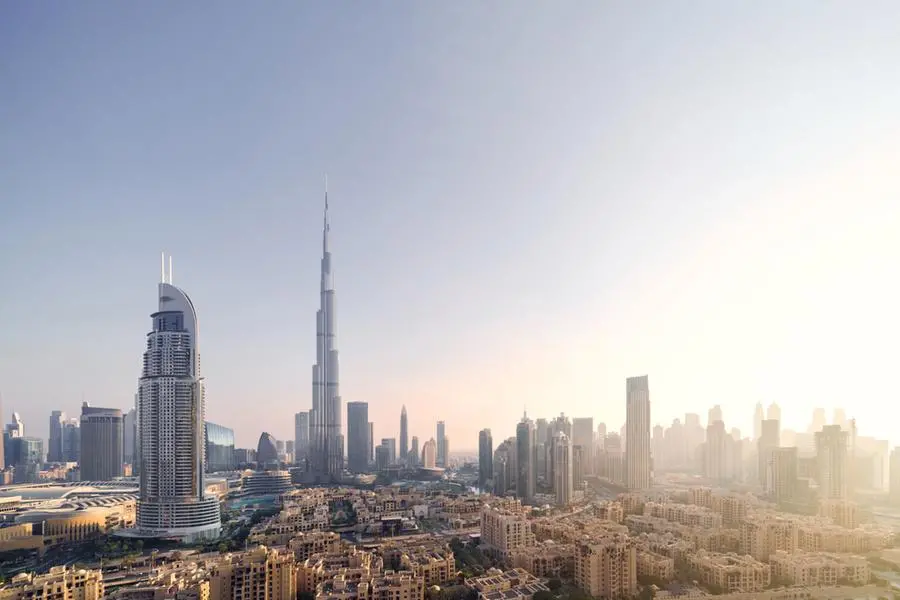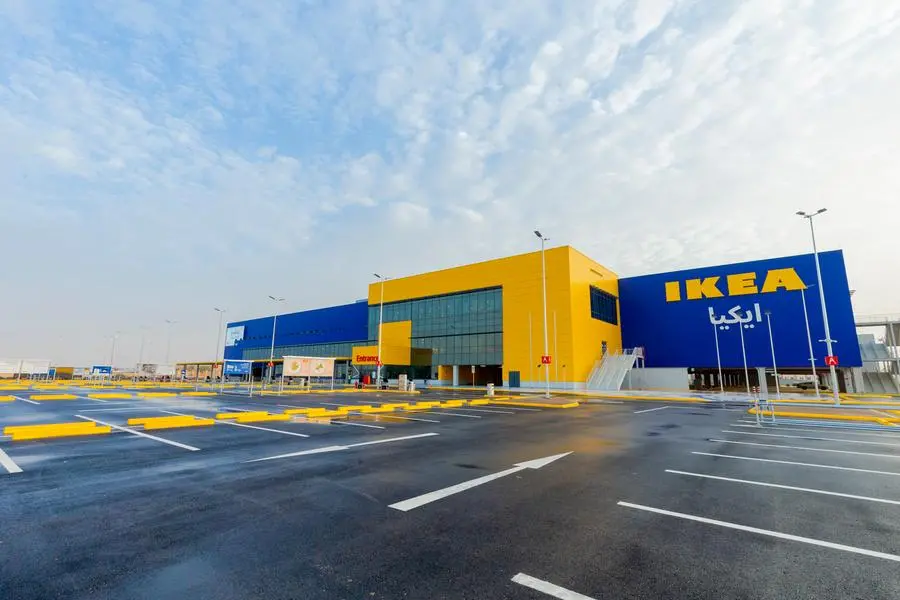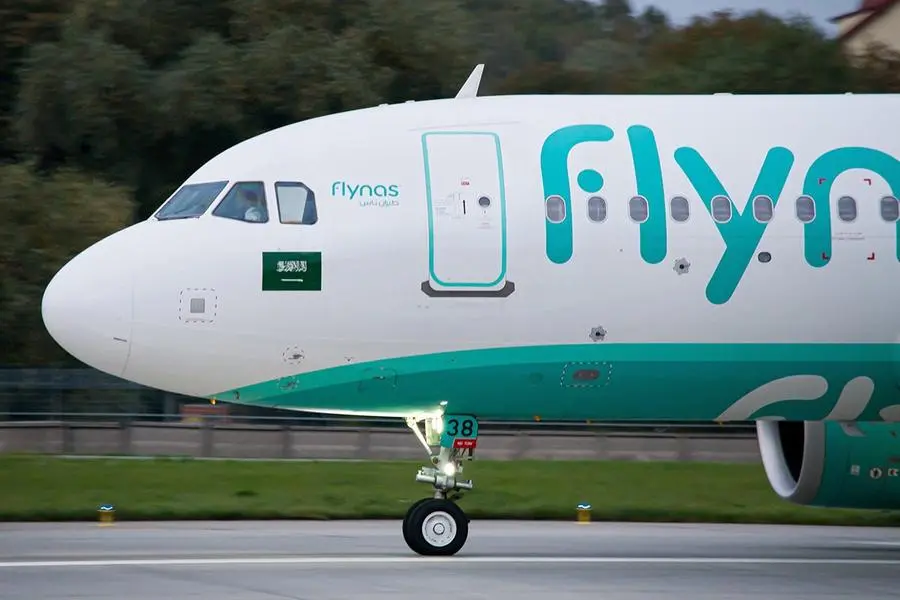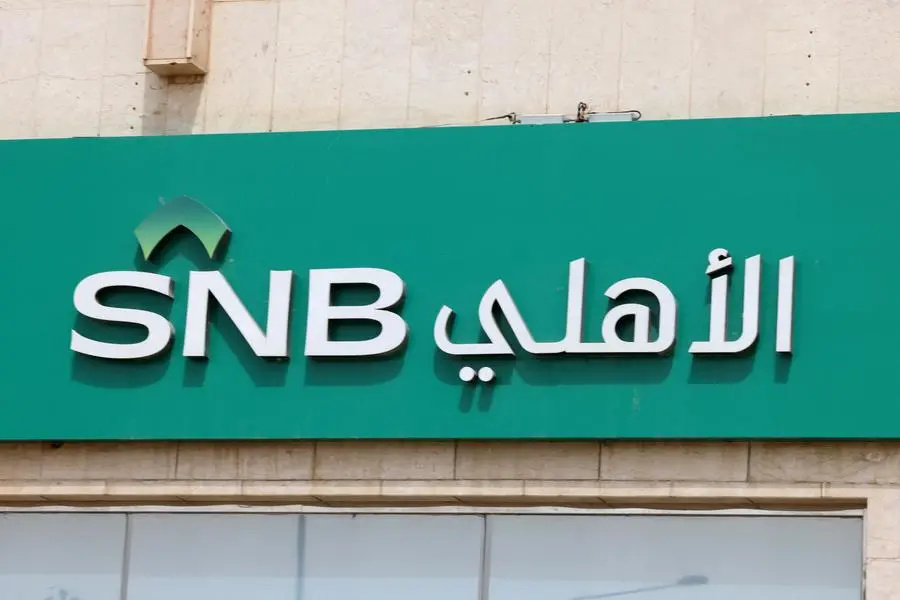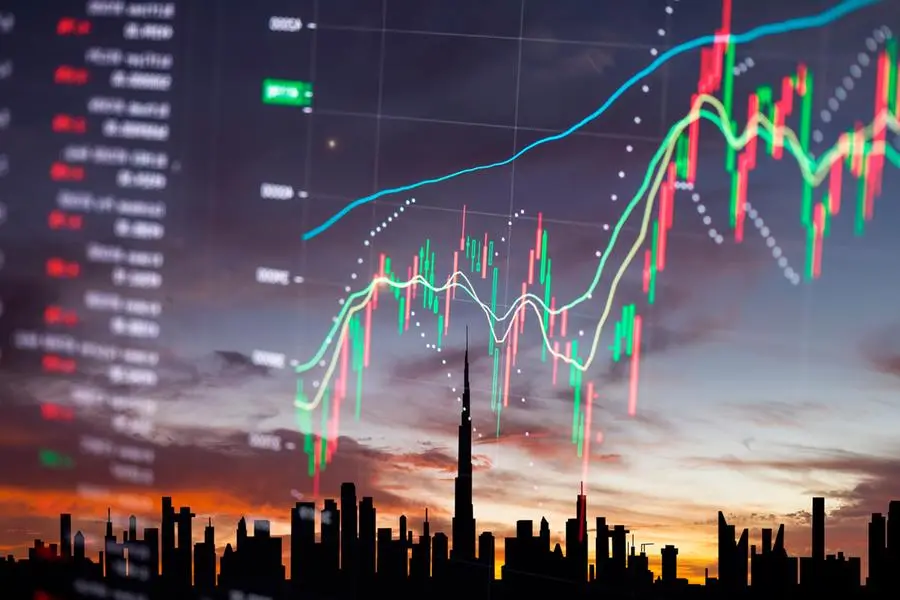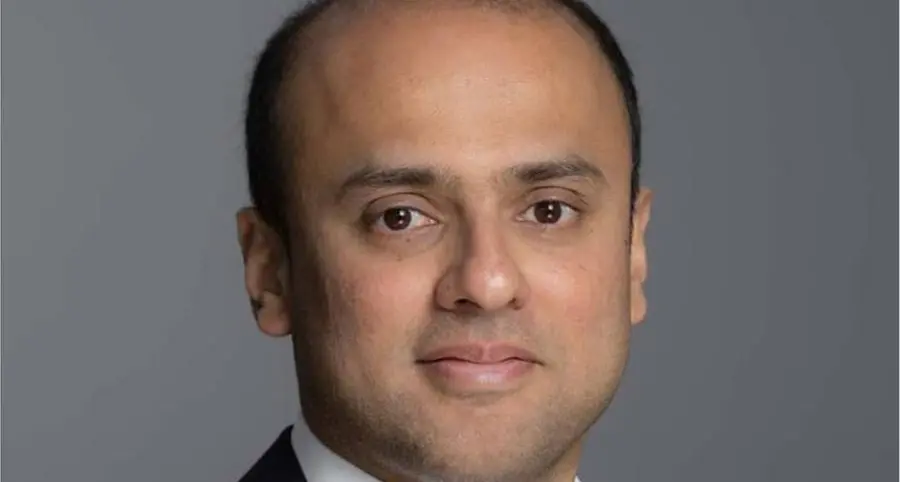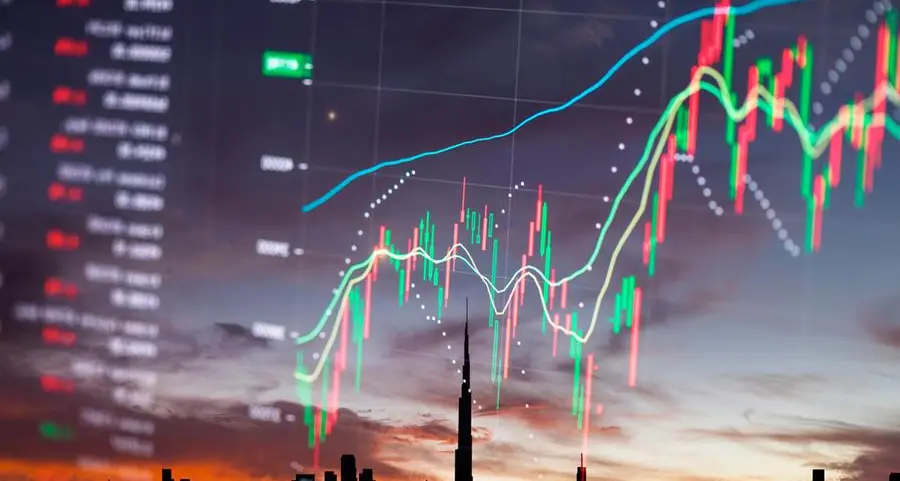RasGas 2/3 Plans Return To Market To Complete Second Phase Of Hybrid Financing
With RasGas 2/3 set to come back to market to conduct the remainder of its financing plan, its partners and architects have been reflecting on the unique characteristics of this hybrid deal. Melanie Lovatt reports from the Projects International Finance Conference held by the International Centre for Business Information in Paris on 14-17 March.
When it hit the markets last year, the financing for RasGas 2/3 was unique in the way it pitted bond markets against bank finance, in the process securing record low pricing from the banks (45bps for the first five years, 55bps for the second five and 65bps for the third five of the 15-year tenor – MEES, 15 and 1 August, and 27 June, 2005). RasGas 2/3 will come back to the market at end-2006 or early-2007 to execute the remaining $5.4bn financing forming the second part of the two-phase program started last year, according to Qatar Petroleum’s (QP) Head of Project Finance 'Abd al-Rahman al-Shaibi. The financing will be required soon because partners QP and ExxonMobil say they will not put more than the originally proposed $3.3bn equity into the project. The first phase of the financing brought in $4.6bn, with the bond market providing $2.25bn, the bank facility $970mn and ExxonMobil $1.38bn (at pari passu with external lenders, except in a default scenario). “This financing was based on a portfolio marketing approach – multiple off-takers and markets motivated us,” said Mr Shaibi, noting that previous financings had been conventional with single trains and single off-takers. RasGas 2 encompasses Trains 3, 4 and 5 and RasGas 3 includes trains 6 and 7. The target production is 30mn t/y by 2010 and the RasGas expansion is therefore critical to achieving QP’s LNG target of 77mn t/y by 2012.
RasGas2/3 is the seventh financing that ExxonMobil and QP have carried out together and represents “a culmination in terms of speed of execution, pricing and covenants,” according to Treasurer of ExxonMobil Development Company Robert Minyard. He said financing objectives included: no security on hard assets; no sponsor completion guarantee or support; no restrictions on gas sales customers; the ability to run the business (without permission from lenders); no requirements on minimum equity balance or a target capital structure; no maintenance test for debt; no need of rating agency affirmation for new debt; and no significant maintenance requirements. The financing was able to push the envelope in terms of covenants (and secure lower pricing) because it was a hybrid between corporate and project financing, he said. There was also an element of chance. Originally the financing was going to be put in place only for Trains 3 and 4, but delays in the SPA with India’s Petronet prompted the partners to go ahead with equity financing in Trains 3 and 4, and hence the corporate flavor when the financing was expanded to cover 5, 6 and 7 in addition to the partially completed trains.
Raising The Finance
The project, originally straightforward in concept with sales planned to India, evolved into five trains with a dedicated fleet of 36 LNG ships, with most sales ex-ship to multiple markets. Trains 6 and 7, for example, will make sales to US, Taiwan, and other parts of Asia. Mr Shaibi said the key challenge was to sell this evolution to financiers, as the partners and financial advisor Royal Bank of Scotland aimed to raise the financing before the engineering, procurement and construction (EPC) contract was signed (MEES, 3 October 2005). The first phase financing took less than eight months to close, and it was decided that from mid-2005-09 the partners would not infuse more equity – the rest would be provided by debt. RasGas 2/3 “moved towards a corporate finance model and decided not to provide completion guarantees,” Mr Shaibi said.
Robert Milius, Senior Vice President of Lehman Brothers, which managed the bond issue with Goldman Sachs, said that given that RasGas 2/3 trains were already operational, it was “the best of all projects to take to the capital markets.” Ratings from credit agencies were received in June, the market process was launched in late July and the bond was priced in early August. It was decided not to approach the export credit agencies (ECA) due to the need for a very speedy turnaround time. Furthermore, Mr Shaibi said, although QP had an excellent relationship with ECAs, the aim for RasGas 2/3 was to set a new benchmark for tapping capital markets, since it launched the RasGas bond in 1996. In 2004 the company replaced RasGas’ existing debt via bonds, which were well subscribed. When it came to RasGas 2/3, QP “knew that the market was hungry for energy-related bonds and knew we had huge requirements,” he added.
For the RasGas 2/3 bond tranche, 5.838% notes are due in 2027 representing $1.4bn, 5.298% are due 2020 representing $850mn, giving a total of $2.25bn. Of the bonds, 70% were sold to the US market, 15% to Europeand 11% to the Middle East, with a total of 160 investors coming into the deal (half were traditional money lenders, 20% were hedge funds and the rest pension funds and insurance companies). More were sold to the US due to the long maturities. At 130bps, the RasGas 2/3 long bond priced through the sovereign bond which had a 134/135bps spread, said Mr Milius: “RasGas2/3 bonds are trading right now at 100bps, helping re-price the credit curve for the whole country.” RasGas 2/3 is the largest energy capital markets project financing in history and is the largest energy capital markets financing since August 2001 (and the fourth largest of all-time). He noted that the project was rated on the basis that it would be funded to a $10bn level, and while there were no completion guarantees in place, there was a “synthetic completion guarantee” because if the debt were to overrun $10bn, equity funding would likely be provided.
Laurence Monnier, Senior Director, Project Finance Corporations, of Fitch Ratings, said the RasGas 2/3 deal was unique because of its covenants, but its rating was driven by its strong economics and considerable debt service cover: “It repays at a comfortable gas price scenario – that’s why it got a high rating for a project finance transaction.” She pointed out that the debt could still be repaid even if a train did not get completed. In its February report on Middle East project finance, Standard & Poor’s echoed this outlook: “With a debt-service coverage ratio of about 7 for the year ended 30 September 2005 due to strong commodity pricing,” the report said, “RasGas continues to post strong financial performance.”
